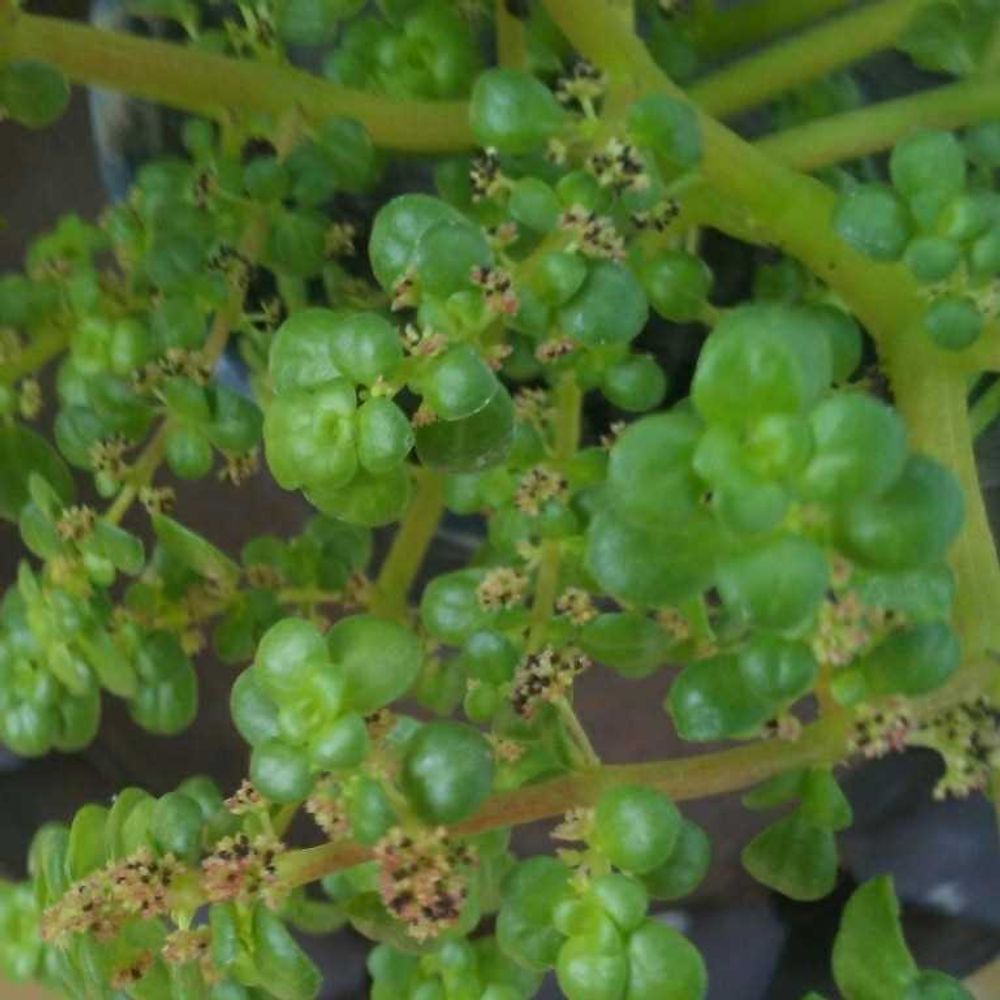Clearweed
(Pilea)

Description
Pilea plants are a group of around 600 species of tropical and subtropical plants, native to regions of the Americas, Africa, and Asia. These plants are highly valued for their attractive foliage, unique growth habits, and ease of cultivation, making them a popular choice among plant enthusiasts. In this article, we will explore the different types of Pilea plants, their care requirements, propagation methods, and common problems that can arise. Taxonomy and Classification Pilea plants belong to the family Urticaceae, which includes around 2,600 species of plants. The genus Pilea is one of the largest within this family, containing over 600 species. Some of the most common Pilea species include Pilea peperomioides, Pilea glauca, Pilea cadierei, and Pilea mollis. Appearance Pilea plants come in a wide range of sizes and shapes, but they are all known for their attractive foliage. The leaves of Pilea plants are typically round or oval-shaped, with a variety of textures, colors, and patterns. Some Pilea species have variegated leaves, while others have leaves that are fuzzy or velvety to the touch. Pilea peperomioides, also known as the Chinese money plant, is one of the most popular Pilea species. It has round, pancake-shaped leaves that grow on long, thin stems. Another popular Pilea species is Pilea glauca, also known as the silver sparkle plant. It has small, round leaves that are a silver-green color, giving it a unique appearance. Growing Conditions Pilea plants are relatively easy to care for and can thrive in a range of growing conditions. Most Pilea species prefer bright, indirect light, but they can tolerate lower light levels as well. Direct sunlight can be harmful to Pilea plants, causing their leaves to burn and turn brown. Pilea plants also require well-draining soil and regular watering. It is important to allow the soil to dry out slightly between waterings, as overwatering can lead to root rot. Pilea plants can also benefit from regular fertilization, especially during the growing season. Propagation Pilea plants can be propagated through several different methods, including division, stem cuttings, and leaf cuttings. Division involves separating the plant into smaller sections, each with its own roots and foliage. Stem cuttings involve taking a stem with several leaves and rooting it in water or soil. Leaf cuttings involve taking a single leaf and placing it in water or soil until it develops roots and begins to grow. Common Problems Pilea plants are relatively resistant to pests and diseases, but they can still experience some common problems. Overwatering can lead to root rot, which can cause the plant to wilt and die. Pilea plants can also be susceptible to mealybugs, spider mites, and scale insects, which can be controlled with insecticidal soap or neem oil. Conclusion Pilea plants are a fascinating group of plants that are highly valued for their unique foliage and ease of cultivation. With the right growing conditions and care, Pilea plants can thrive and add a touch of greenery to any indoor space. Whether you are a seasoned plant enthusiast or just starting out, Pilea plants are a great choice for any collection.
Taxonomic tree:







